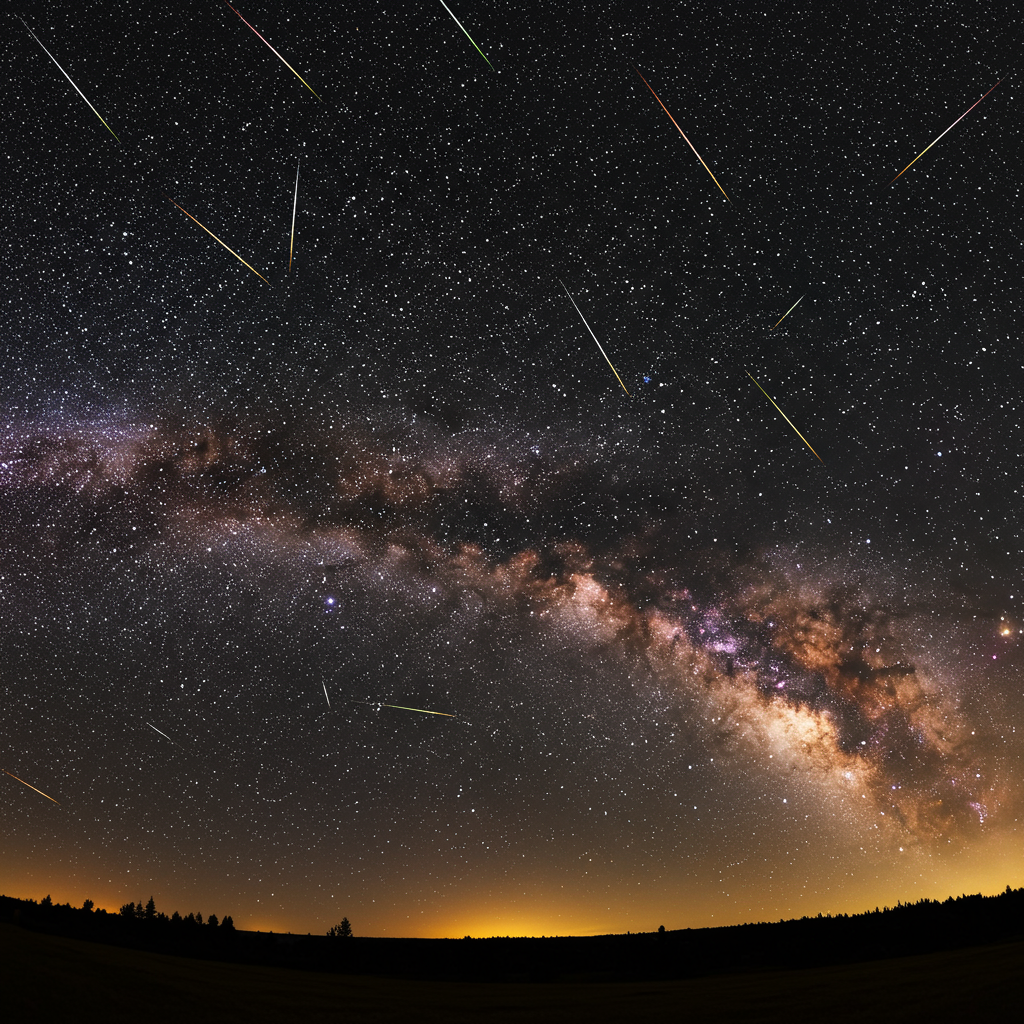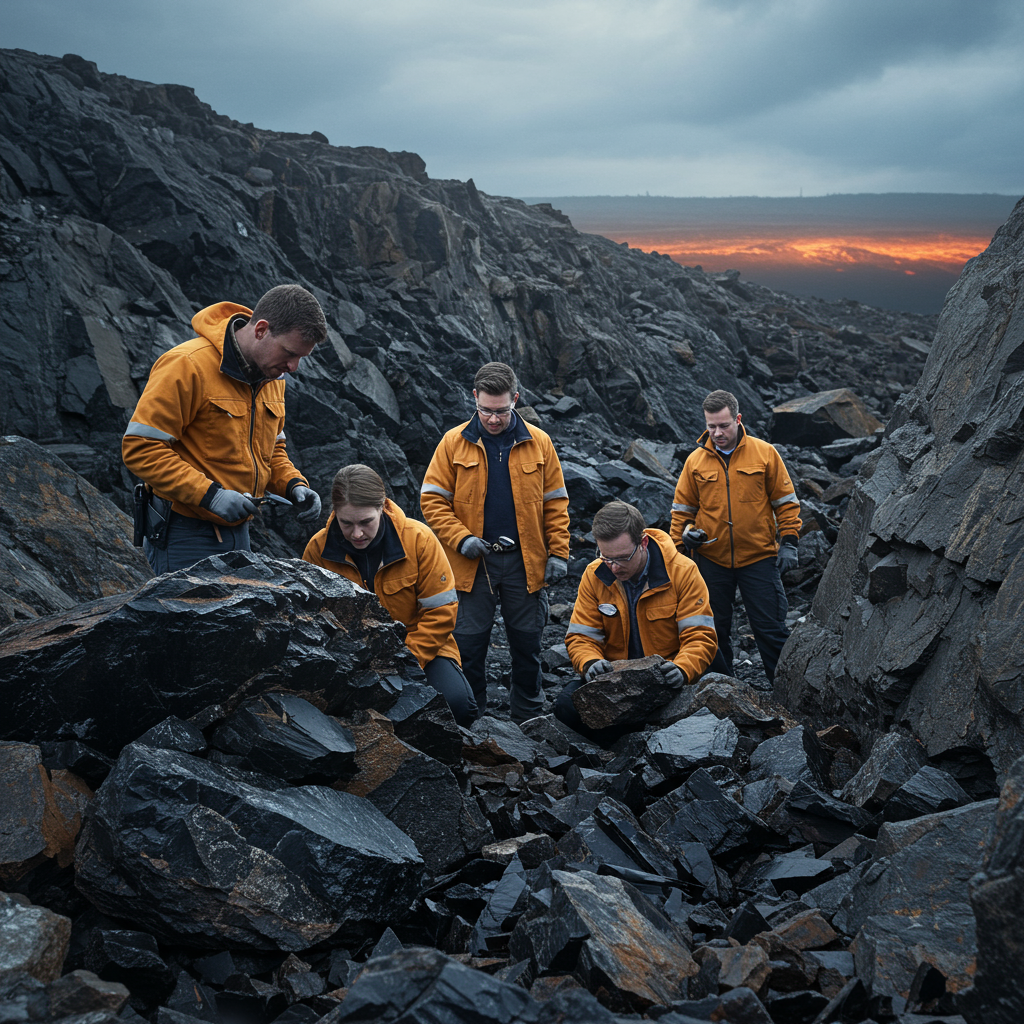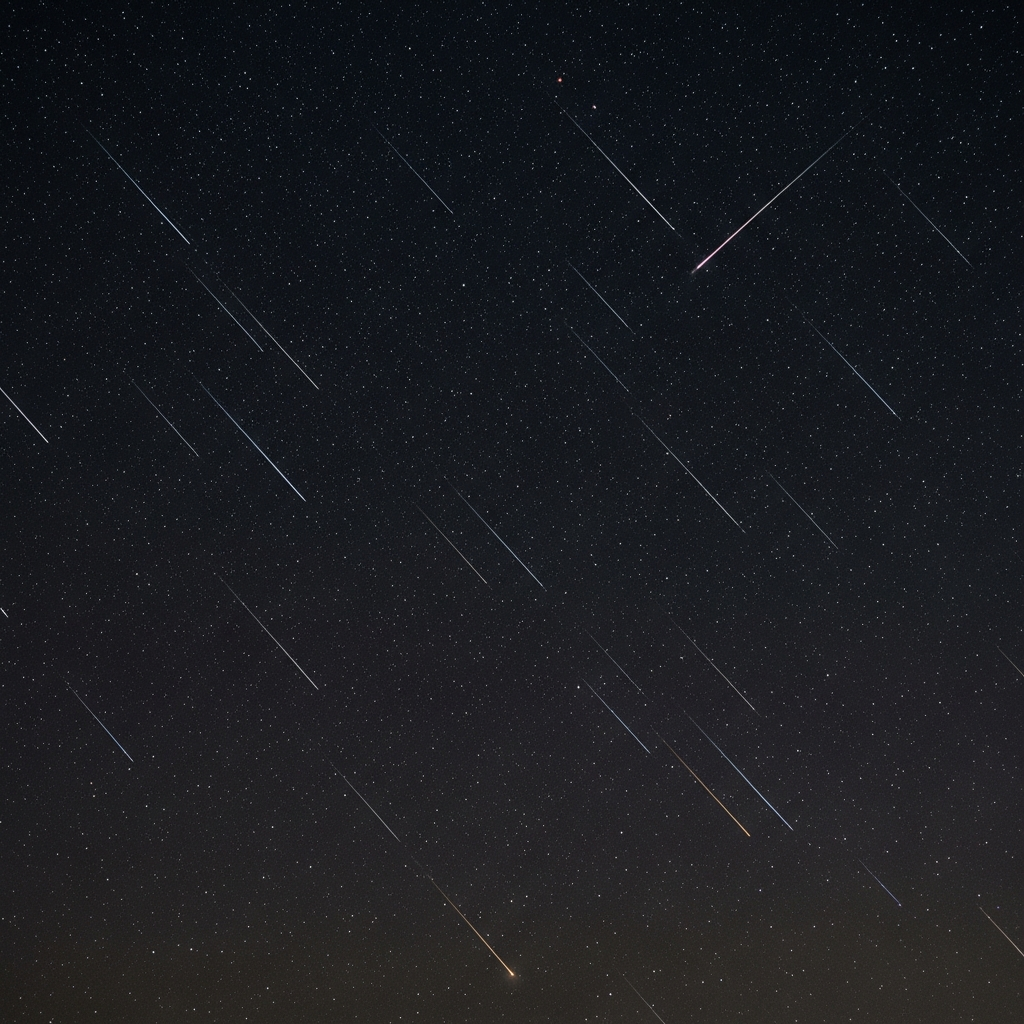July nights invite you to look up and witness spectacular celestial displays. From the early rumblings of a famous meteor shower to the dazzling band of our own galaxy, the sky offers incredible sights this month. Planning your viewing sessions now ensures you won’t miss these captivating astronomy events. Get ready to discover when and where to look to make the most of July stargazing. This guide provides essential tips and details for an unforgettable cosmic experience.
What Makes July Nights Special for Stargazing?
Summer nights in the Northern Hemisphere, including July, offer a unique opportunity for skywatchers. While daylight hours are long, the moments of true darkness provide stunning views. The warmer temperatures make evening observations more comfortable. Crucially, July is a transitional month for meteor showers and marks prime viewing time for the milky Way’s brightest section. Understanding the phase of the moon is key to maximizing visibility for fainter objects like nebulae and galaxies, or even shooting stars.
Kicking Off Meteor Season: Showers in July
July is an exciting month for meteor enthusiasts as it marks the start of the highly anticipated Perseid meteor shower. While this shower peaks in August, activity begins in mid-July. Another shower, the Arietids, concludes its run in early July, although it’s primarily a daytime event.
The Beginning of the Perseids
The Perseids are arguably the most popular annual meteor shower. They are known for producing frequent, bright meteors and even spectacular fireballs. This shower is caused by Earth passing through the debris trail left by Comet 109P/Swift-Tuttle.
Activity Dates: Mid-July (starting around July 17th) through late August.
Radiant: Meteors appear to streak away from a point in the constellation Perseus.
Viewing in July: While the peak isn’t until August, you can start spotting early Perseid meteors in the latter half of July. Look towards the northeast after midnight. The number of meteors will be lower than during the peak but catching an early Perseid can still be thrilling.
The Fading Arietids
The Arietid meteor shower is less known to casual observers because its peak occurs during the day, typically in early June. However, the shower remains active until early July.
Activity Dates: Runs from late May through early July.
Peak: Occurs in early June (around June 7th).
Viewing in July: While most meteors are invisible against the sunlit sky, very few might be spotted in the pre-dawn hours during the first few days of July. This requires extremely dark skies and patience.
Observing meteor showers is a simple form of astronomy. It doesn’t require expensive equipment. The best tools are your eyes, a dark location, and patience.
The Milky Way’s Summer Spectacle
July offers one of the best opportunities of the year to view the core of our home galaxy, the Milky Way. From the Northern Hemisphere, the galactic core is high in the sky during the summer months. This dense region of stars, gas, and dust appears as a bright, hazy band stretching across the night sky.
Why July is Prime Time for the Galactic Core
The position of Earth in its orbit during summer places the galactic core region of the Milky Way conveniently high above the horizon for Northern Hemisphere observers during the evening and nighttime hours. This allows for extended viewing time compared to other seasons.
Finding the Milky Way
Direction: Look towards the southern part of the sky.
Appearance: It looks like a faint, cloudy river of light.
Key Constellations: The core is located in the constellation Sagittarius, near Scorpio. Finding these constellations can help you locate the brightest part of the Milky Way band.
The Importance of Dark Skies
Seeing the Milky Way clearly requires getting away from light pollution. City lights scatter into the atmosphere, washing out the faint glow of distant stars. Seek out a location classified as a “dark sky site.” This could be a rural area, a national park, or designated dark sky preserve.
The phase of the moon also significantly impacts Milky Way visibility. A bright full or gibbous moon will light up the sky and make the Milky Way band much harder to see. The best time to view the Milky Way is during the new moon phase or when the moon is below the horizon. Target the period around the new moon in July for optimal dark conditions.
Enhancing Your View: From Eyes to Advanced Tools
While the naked eye is sufficient for spotting bright meteors and the general band of the Milky Way, binoculars and telescopes can significantly enhance your stargazing experience.
Binoculars: An Accessible Upgrade
A good pair of binoculars (e.g., 7×50 or 10×50) can reveal much more detail within the Milky Way’s hazy band. They can also help you spot star clusters and nebulae that are too faint for the naked eye but don’t require the complexity of a telescope. Binoculars are portable and relatively inexpensive, making them a great next step for amateur astronomers.
Telescopes: Exploring Deeper Space
Telescopes gather much more light than binoculars or your eyes. They allow you to see fainter, more distant objects and provide magnified views of planets and the moon. For observing details within nebulae or resolving globular clusters into individual stars, a telescope is invaluable.
The field of astronomy is constantly advancing. Scientists and engineers are always developing new instruments and telescopes, both ground-based and in space, to push the boundaries of our understanding. These “first-of-its-kind” telescopes, while perhaps not specific viewing tools for the backyard astronomer in July, represent the cutting edge of human curiosity, allowing us to see further and clearer into the cosmos than ever before and leading to new discoveries that enrich our appreciation of the universe we view from our own backyards.
Practical Tips for July Stargazing
Making the most of July’s night sky requires a bit of planning.
Find a Dark Location: As mentioned, this is crucial for seeing faint objects like the Milky Way and dimmer meteors.
Check the Moon Phase: Aim for nights around the new moon for the darkest skies, best for Milky Way and fainter meteors. Bright moonlight impacts visibility.
Check the Weather: Clear skies are essential. Look for forecasts with minimal clouds and haze.
Allow Your Eyes to Adapt: It takes 20-30 minutes for your eyes to become fully adapted to the dark. Avoid looking at bright lights, including phone screens (use a red light filter if necessary).
Dress Comfortably: Even summer nights can get cool, especially if you’re staying out for a while.
Be Patient: Stargazing requires patience. Meteors appear randomly, and it takes time to identify constellations and spot fainter objects.
Use Star Charts or Apps: Many free astronomy apps can help you identify constellations, planets, and guide you to objects like the Milky Way or meteor shower radiants.
July offers a fantastic window into the cosmos, from the beginning of the exciting Perseid meteor shower to the stunning view of the Milky Way’s core. With a little preparation and a willingness to venture under dark skies, you can witness some of the year’s most impressive astronomical sights.
Frequently Asked Questions
What are the main meteor showers to watch for in July?
The primary meteor shower starting in July is the Perseids, active from around the 17th. While its peak is in August, you can begin seeing early meteors from this shower in the latter half of July, especially after midnight. The Arietid shower is also active into early July but is mainly a daytime shower, making its meteors very difficult to see.
Where and when is the best way to see the Milky Way in July?
To see the Milky Way in July, find a location far away from city lights (a designated dark sky site is ideal). Look towards the southern part of the sky during the evening or nighttime hours. The best conditions for visibility are around the new moon phase in July, when the sky is darkest.
What equipment do I need for July stargazing events?
For most July stargazing events like meteor showers and the general view of the Milky Way, no special equipment is needed – just your eyes. However, binoculars can enhance the view of the Milky Way and help spot star clusters. A telescope allows for even deeper views but isn’t strictly necessary for the main highlights mentioned.
Conclusion
July serves up an incredible opportunity to connect with the cosmos. The prelude to the prolific Perseids and the majestic presence of the Milky Way’s core dominate the summer night sky. Armed with dark skies, patience, and perhaps a pair of binoculars, you’re ready to explore the universe unfolding above you. Take advantage of the warm nights and clear conditions to experience these breathtaking celestial events. Plan your July stargazing adventure today and look forward to the cosmic wonders that await.




